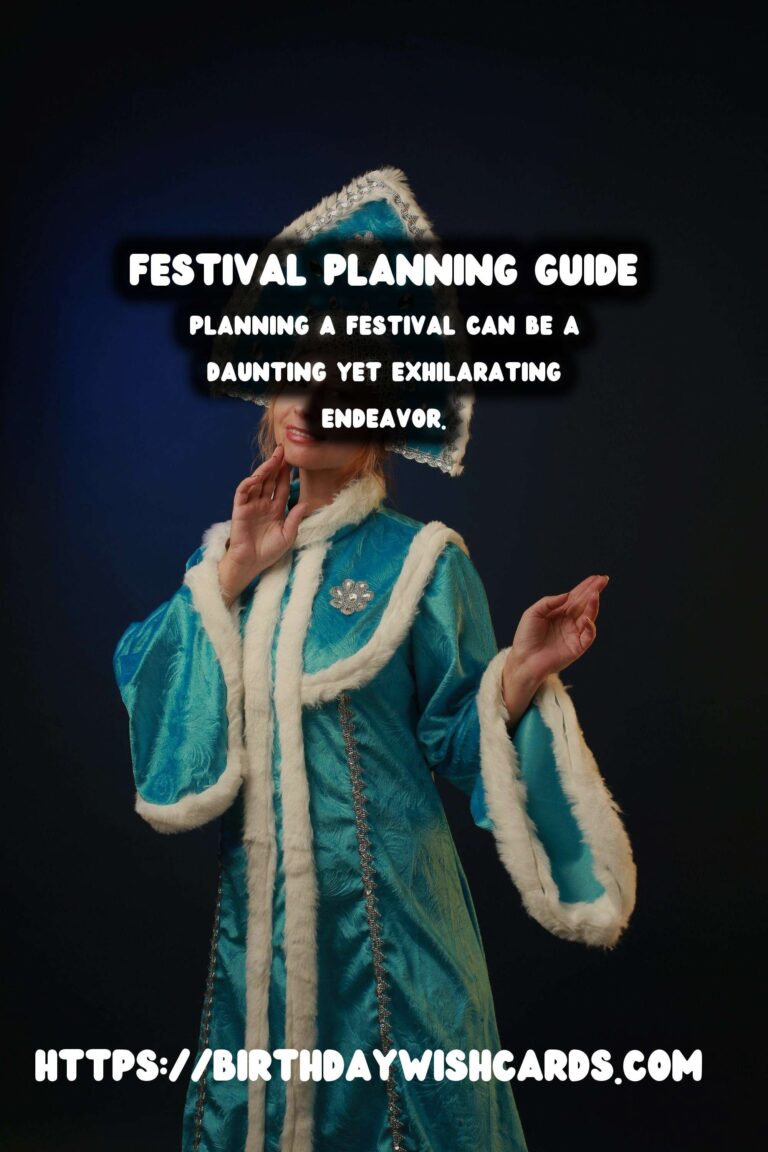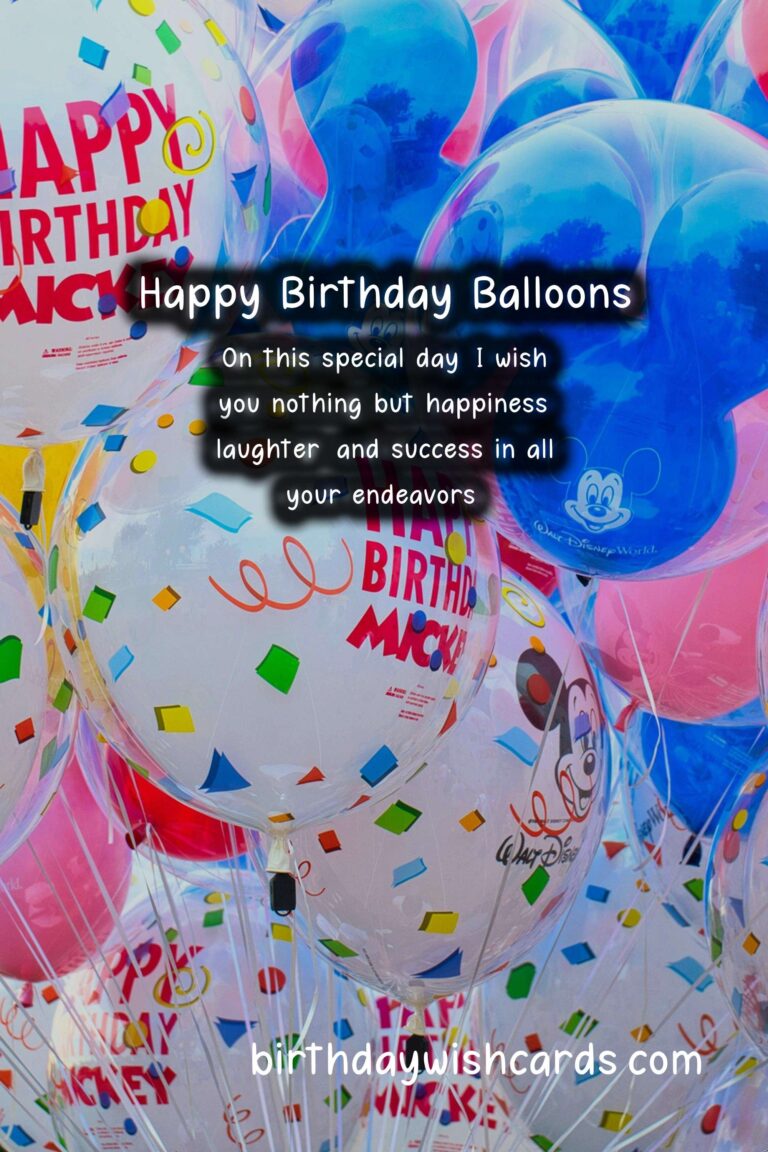The History Behind Engagement: A Journey Through Time
The History Behind Engagement
Engagement, as a concept relating to romantic relationships, has evolved significantly over the centuries. From ancient practices to modern traditions, the understanding of engagement has transformed alongside societal changes.
1. The Roots of Engagement
The practice of engagement dates back thousands of years. In many ancient societies, marriages were often arranged by families, and engagement was seen as a formal agreement between two families rather than just between two individuals.
For example, in ancient Rome, the concept of engagement (or ‘spins’ as it was termed) wasn’t celebrated in the way we recognize it today. Instead, it was primarily a contractual agreement that solidified alliances between families.
2. The Shift in the Engagement Meaning
As societies began to prioritize individual choice in romantic relationships, the meaning of engagement began to shift. By the Middle Ages, love started to play a more prominent role in engagements. People began to associate emotional connections with the act of becoming engaged, rather than just familial ties.
3. Cultural Variations of Engagement
Across different cultures, engagement has various meanings and traditions. In many cultures, a formal ceremony or event marks the engagement, signifying the start of a shared journey.
3.1. Western Engagement Traditions
In Western cultures, engagements often involve the giving of an engagement ring. This tradition gained popularity in the 19th century, influenced by the diamond industry’s marketing campaign that positioned diamond rings as a symbol of love and commitment.
3.2. Eastern Engagement Traditions
Cultures in the East have distinct practices. For instance, in many Indian communities, the engagement ceremony (Sagai) is a grand affair with rituals and blessings from family members.
4. The Role of Engagement Rings
Engagement rings have become synonymous with the proposal and engagement process. The symbolism of the engagement ring represents commitment and the promise of marriage.
The tradition of wearing engagement rings varies; in some cultures, both partners wear rings while others reserve them for only one partner.
5. The Modern Engagement Landscape
Today, the nature of engagements continues to evolve with changing societal norms. The decision to get engaged is significantly influenced by personal beliefs, expectations, and lifestyles.
Moreover, the impact of social media has transformed how engagements are perceived and celebrated, with couples often sharing their engagements online, creating a new narrative around modern love.
6. Conclusion: The Future of Engagement
As we reflect on the history behind engagement, it’s evident that this practice is deeply rooted in cultural and social contexts. The future of engagement will likely continue to evolve, adapting to the needs and values of future generations.
Understanding the rich history behind engagement not only enriches our knowledge of cultural practices but also enhances our appreciation of the meaning of love and commitment.
Engagement, as a concept relating to romantic relationships, has evolved significantly over the centuries.
The practice of engagement dates back thousands of years.










#EngagementHistory #LoveAndCommitment






